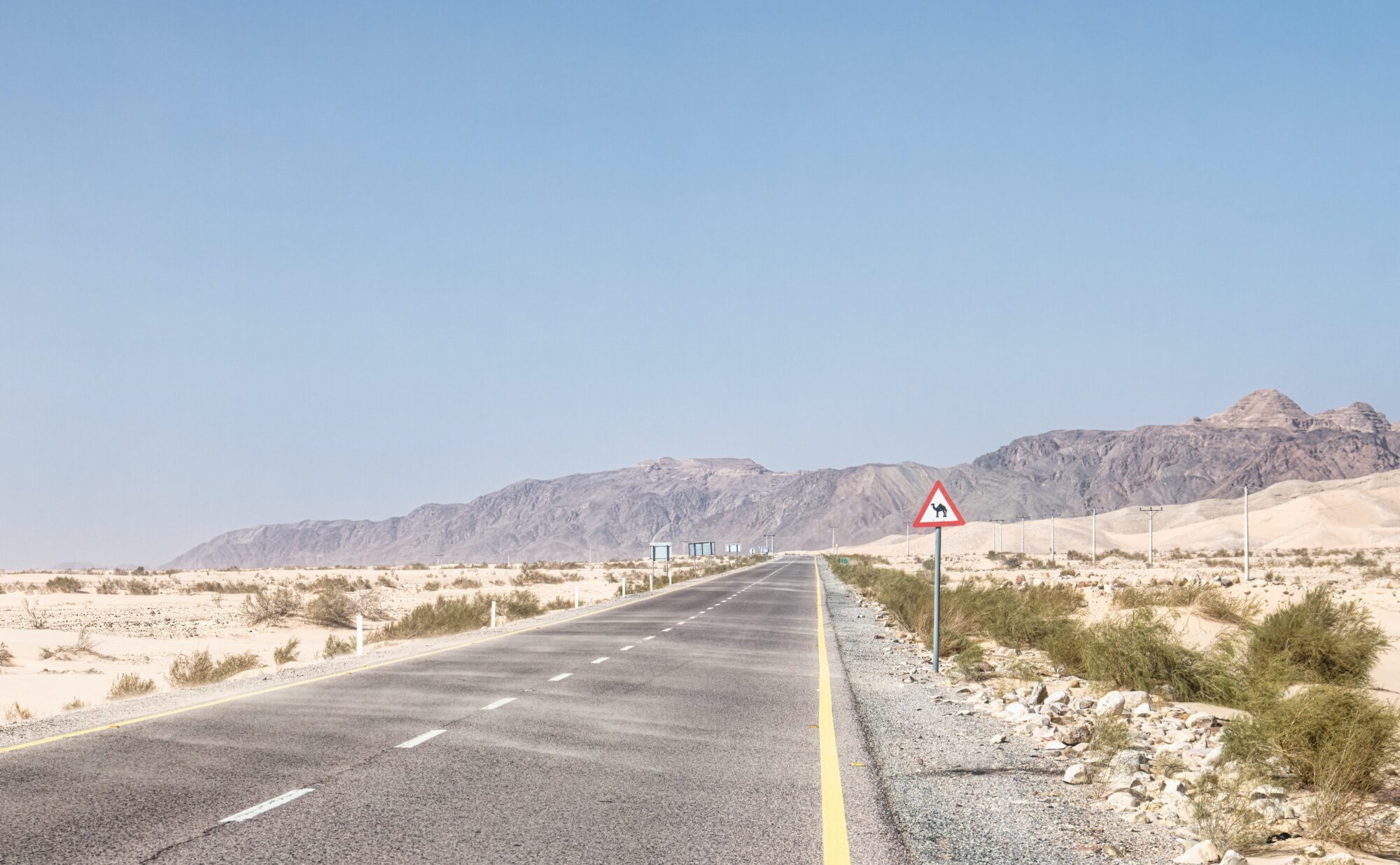Loading...

Whether it’s to promote a brand, create public art or provide information to the public, outdoor signage needs to be clear, well designed and easy to maintain. But perhaps the most important consideration for any form of signage that will be exposed to the elements is its ability to withstand whatever nature has to throw at it.
The weather can have a surprisingly detrimental effect on a huge range of materials, including those we may otherwise consider resilient and long-lasting. This is especially true in climates that experience extremes in temperature and adverse weather events, and as weather patterns change across the globe, this is likely to affect more areas over the coming decades.
For those tasked with sourcing and maintaining signage in public spaces, or brands who wish to advertise their business, cracked, fading or peeling signage can represent inconvenience and expense. From pouring rain in Britain, glaring sun in Dubai to drifts of snow in Canada, ensuring that outdoor signage is able to stand up to environmental pressures saves businesses and public institutions both time and money.
How does the environment affect signage?
The power of nature to disintegrate man-made materials and structures is truly awe-inspiring, with much of the infrastructure that keeps our modern world running requiring daily maintenance to stop it from falling into disrepair. In fact, according to Alan Weisman in his book The World Without Us, it would only take 5 years for New York to resemble a forest in the absence of humans, and just twenty for skyscrapers to begin falling down.
It is therefore no surprise that certain types of outdoor signage do not have the necessary resilience to last adequately in the outside environment. Here are some of the ways in which weather can affect signage:
Rain and fog: In wet weather, moisture can seep between the parts and panels in a sign, cause any exposed metal to rust and degrade the quality of an image. Digital signage is particularly vulnerable to rain and fog, as electrical systems are at risk from faults when repeatedly exposed to water.
Snow and ice: In cold environments, signage can come under strain in a variety of ways. Firstly, snow in large quantities is very heavy, weighing down on whatever it falls on before melting and inundating it in moisture. Dramatic drops in temperature can crack materials like plastics, or cause damage as moisture between components in signage freezes and expands. Ice also has the potential to scratch surfaces and cause mechanical damage.
Heat and sunshine: People living in hot climates have to take the impact of high temperatures and daily sunshine into account when installing signage. Being exposed to heat affects a huge range of materials, from paint, to vinyl, to polycarbonate – weakening them and causing deterioration over time.
In a process called thermal expansion, when materials are exposed to heat they expand, but unfortunately, not everything expands at the same rate, or in the same way. This means that signage created from various mediums can simply fall apart in hot weather, with elements peeling away or snapping off the wider piece.
Often the most pressing issue for people in sunny climates, however, is that the sun causes images to fade, and with inconvenient speed. Energy from the photons in sunlight breaks down the molecules in inks, pigments and dyes, changing the way they reflect light and causing the colours to fade.
Which material should you choose for outdoor signs?
For people tasked with sourcing signage – whether it’s needed for public infrastructure, a place of work, or a brand or business – considering the climate and ensuring its longevity in all weathers is an understandable priority. At Links Signs, we have extensive experience in creating weatherproof signage for diverse climates, and the technical knowledge and cutting-edge machinery required to fulfil the needs of a huge range of signage projects.
When creating signage to withstand a particular climate, (for example, our project providing signs for the Cairo underground) vitreous enamel is the ideal choice. A fusion of coloured powdered glass and stainless steel which has been fired in a kiln at very high temperatures, vitreous enamel signs are outstandingly durable and resilient, and one of the most reliable materials in the sign-making industry.
Outdoor signage in extreme climates, such as deserts or mountainous regions, is especially prone to the issues we explored above, but vitreous enamel is more than capable of standing up to ice, rain, sunlight and heat for years on end. Impressively impervious to fading, cracking and peeling, vitreous enamel is particularly suited to projects requiring permanent signage solutions. It is also graffiti-resistant, making it extremely useful for signage in public spaces.
Links Signs have created signage intended for installation in a variety of climates, and have spent many years providing wayfaring and informational signage for public spaces and amenities such as train stations. Our expertise and machinery make us ideally placed to provide signage that lasts, no matter what extremes of weather or temperature it is exposed to. Get in touch to find out more.
Back to NewsWe’re more than happy to talk about your sign or cladding project - just fill in this form and our team will be in touch.